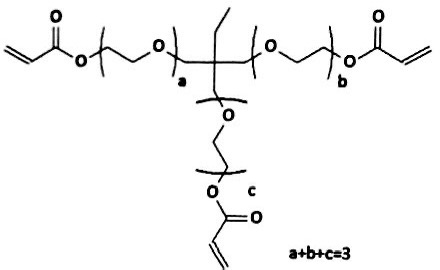Offset Inks
Offset inks are a special type of ink mainly used for offset printing, a printing method that uses ink to transfer an image to a rubber or plastic plate, and then to the printing material. The main components of offset printing ink include pigments, binders, fillers, and additives. The characteristics of offset printing ink include rich and full colors, the ability to create various metallic textures, and excellent corrosion resistance, with outstanding salt and alkali resistance.
When choosing offset printing ink, customers should consider their specific application requirements, such as the type of printing materials, environmental conditions, etc., and consult with a technical representative for more specific guidance. For example, if the printing material is non-absorbent material, such as gold card paper, aluminum foil paper, silver card paper, special paper, etc., then ink suitable for these materials should be chosen. In addition, the concentration, fineness, viscosity, gloss, and drying properties of the ink should also be considered. These indicators will affect the quality and effect of printing.
Offset inks are a special type of ink mainly used for offset printing, a printing method that uses ink to transfer an image to a rubber or plastic plate, and then to the printing material. The main components of offset printing ink include pigments, binders, fillers, and additives. The characteristics of offset printing ink include rich and full colors, the ability to create various metallic textures, and excellent corrosion resistance, with outstanding salt and alkali resistance.
When choosing offset printing ink, customers should consider their specific application requirements, such as the type of printing materials, environmental conditions, etc., and consult with a technical representative for more specific guidance. For example, if the printing material is non-absorbent material, such as gold card paper, aluminum foil paper, silver card paper, special paper, etc., then ink suitable for these materials should be chosen. In addition, the concentration, fineness, viscosity, gloss, and drying properties of the ink should also be considered. These indicators will affect the quality and effect of printing.
| Functional degree | Viscosity (cps/25°C) | Molecular mass | Product highlights | Suggested applications | |
PD6401Ditrimethylolpropane TetraacrylateDi-TMPTA  Product Page Product Page
|
4 | 400-800 | 482 | Fast Cure, High Crosslink Density,Low Skin Irritation. | PVC Floor Coating, Wood Coatings, Inks. |
PD6205P2(2PO)Propoxylated Neopentyl Glycol DiacrylatePONPGDA  Product Page Product Page
|
2 | 15 | 328 | Low Viscosity, Low Skin Irritation. | Pressure Sensitive Adhesives, Inks,Solder Masks,Photoresists, Photopolymers, Metal,Paper, Plastic,PVC Floor,Wood And Optical Coatings. |
PD6302E33EO-Trimethylolpropane Triacrylate(3EO)TMPTA  Product Page Product Page
|
3 | 60 | 428 | Rapid Curing Reaction, Weather Resistance, Water Resistance, Chemical Resistance, Wear Resistance, Flexibility | Glass, Metal And Wood, Optical And Paper, Plastic And PVC Floor Coatings, Offset Printing, Flexographic And Gravure Printing Inks, Pressure-Sensitive Adhesives, Photoresists |